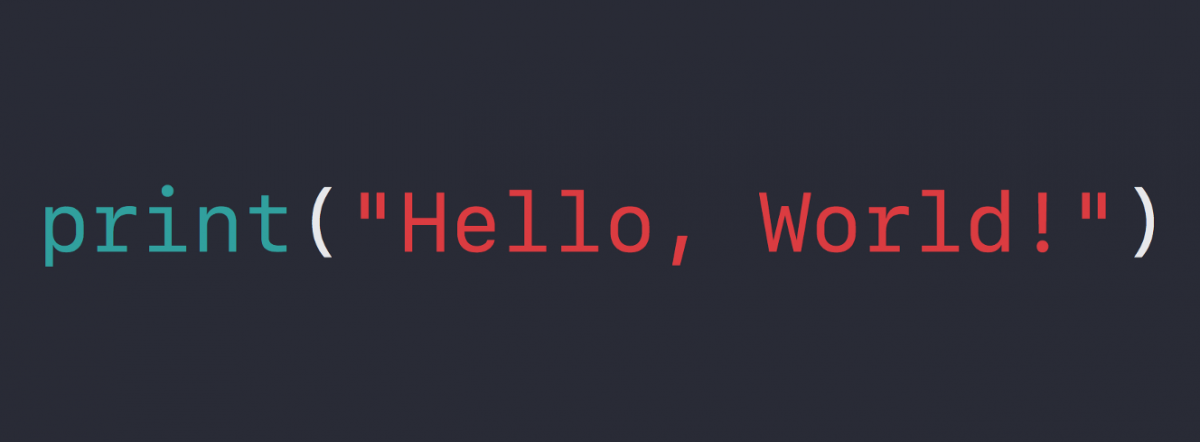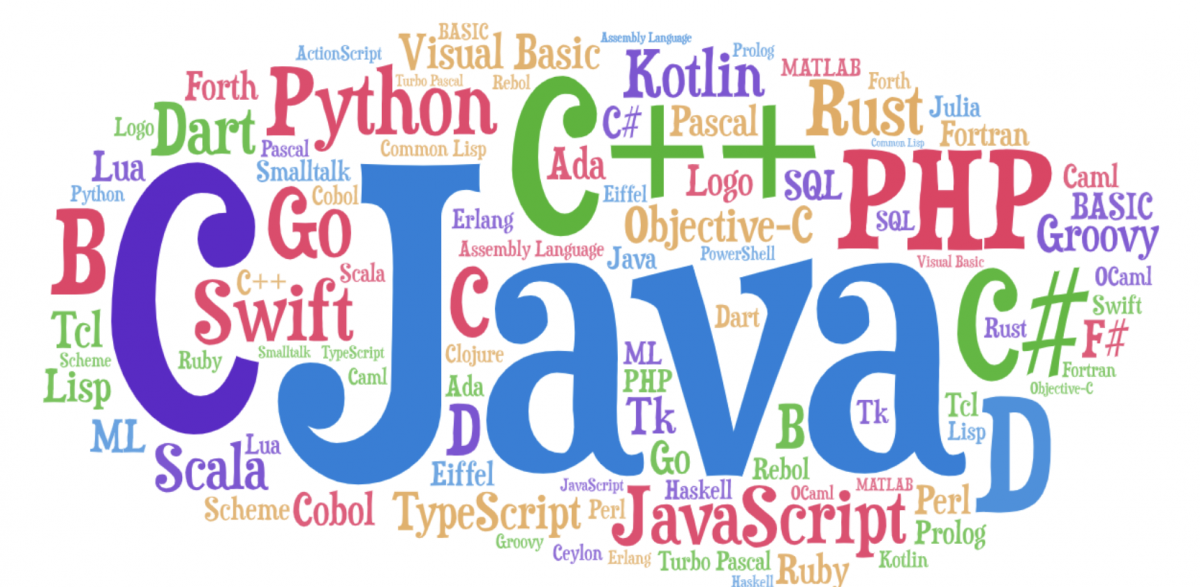Uncategorized

Importance of Big Data Analytics in Real-Time Business
Big data plays a significant role in IT. The application of data analytics by the companies is going up every year. The pivotal point of any business regardless of the size, number of customers, and even duration of existence, lies with the customers. Consequently, this tech area is doing well in the field of B2C setups. There are three segments of big data analysis. They include Prescriptive Analytics, Descriptive Analytics, and Predictive Analytics. Data analytics provide great potential in any realm such as the environment or agriculture. Its importance in…

The Best Java Blogs You Should Read Before the End of 2019
Java appeared in the programming world around 20 years ago. Over the years, it has become one of the most versatile programming languages. Java is currently used in many applications, APIs, and web apps. There is a lot of work that has been put into it, that is why it is not difficult to find resources related to this language. However, it is important that you access only the best Java materials. That is why we are going to talk about some of the best Java blogs that you can…

7 General Network Issues and Easy Ways to Resolve Them
Despite regular network maintenance that you can perform to ensure smooth operation, errors and other unpleasant things can occur. Network issues can be very damaging, causing your business to go into a standstill. The big question is, what are the most common network problems and how can you deal with them? In this blog article, we are going to look at some tips to solve 7 common network issues and measures to prevent them from happening again. Let’s dive into it! 1. Duplicate IP Addresses This occurs when two or more…

25 Project Management Terms You Should Know as a PM Professional
For many career paths, having project management skills is a strong advantage in progressing on the career ladder. It is all about the application of knowledge, experience, skills, and processes to attain a specific project goal. The main elements of project management cover: Highlighting the importance of a project; Establishing the prerequisites of projects as well as the allocation of resources, timeframe, and deliverables; Management of issues, risks, project changes, and budget; Engendering effective communication among team members and stakeholders; Project closure in a controlled and timely manner. Basically, there…

5 New Programming Languages: Discover Them to Gain New Skills
To advance your career as a professional developer, it is crucial that you learn new programming languages on a regular basis. In this blog post, we will explore the top five latest ones that have begun to gain footing in the IT industry. Before going ahead to look at them, it’s important to have a little bit of background information about programming languages in general. According to the TIOBE Index, the most popular programming languages are those that even the newest developers in the industry know about. Among these are…

Top 5 Python Certifications: Choose the One That Will Be Your Guiding Star in the IT World
When it comes to the IT certifications, the first thing to check before you decide whether you should pursue one or not is its worth. The same applies to the Python certificates. Interestingly, if you take a little time to check for the credentials of this vendor, you will be amazed at the little information that you will come across. If you’ve ever done this search, you probably would have the feeling that one of the reasons why not so much information about the Python certifications is because these credentials…

Are Microsoft Certifications Important for Landing Your Dream Job?
The IT industry is growing at a very fast pace therefore more job opportunities are opening every day. There are more positions for IT jobs than the candidates who are qualified to fill these roles. So if you are looking for a job now, you have a lot of options to choose from. Even though there are so many of them, it does not mean that you should stop trying to get above your competitors. There is a huge shortage of talent in the market, and if you are able…

Why Is PowerShell a Great First Scripting Language?
PowerShell is the perfect choice to start learning automation and scripting skills, which are currently some of the most highly sought after in the IT industry. With the emergence of DevOps in the recent past, the addition of automation and scripting skills can greatly help you prosper in your career. Like most IT professionals, you will most probably be working in the Windows environment. If you want to be responsible for desktops or servers, you are advised to start using PowerShell, as this will greatly simplify your work. You actually…

Java 13: Introduction to New Features
Java 13 is a recently launched version of Java, and there are already a lot of speculations about its features on the Internet. According to Mark Reinhold, who is the current chief architect of the Java platform, the new release circle of Java is 6 months. The question that many enthusiasts are asking is: “What is new in Java 13 released on September 17, 2019? The main focus of our discussion today is on the new features in newly released Java 13. We will also highlight the options and features…

Superior Network Simulators & Emulators for Cisco Certification Exams (CCNA, CCNP, and CCIE)
It is very important to choose an appropriate network emulator or simulator when preparing for your CCNA, CCNP, or CCIE. Of course, this can be a difficult decision to make, especially because there is no best way to make a selection. Unfortunately, it is practically impossible to test each of the programs before making a choice. However, there are specific advantages and disadvantages associated with each of them that can help you make informed decisions. For the purpose of this blog post, we will focus on two simulators and three…
